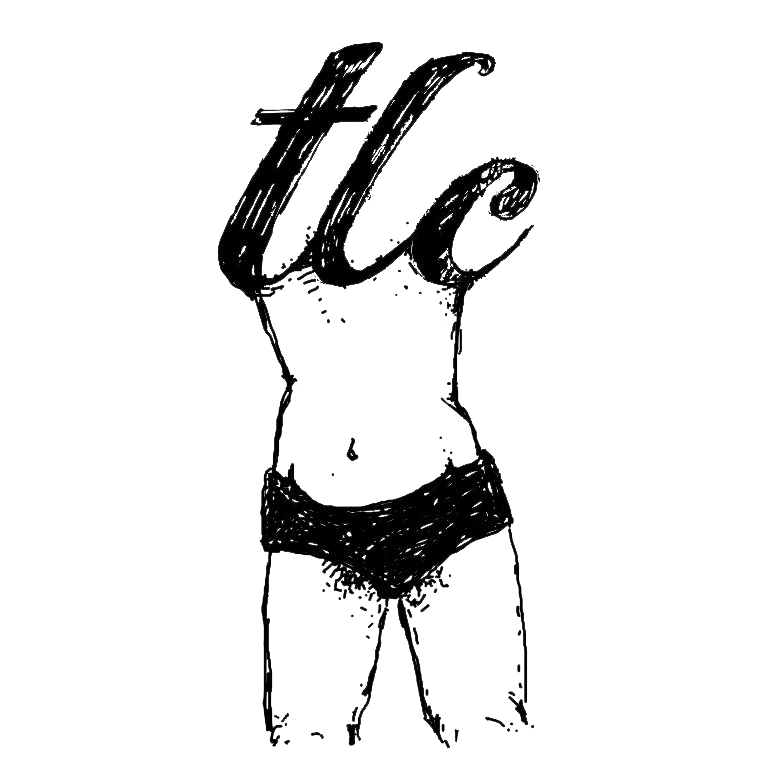It’s Sunday; I have on my soothing sheet mask; I’m burning my Lavender essential oil from Kama Ayurveda. Later, I’ll go to a salon and indulge in a massage and a mani-pedi session. Self-care is paramount, right? I’m shaking off the stress of a workweek with these rituals. Yet, at the end of each #SelfCareSunday day, all I seem to be divested of is money.
The world is a depressing place: our government’s infringing on free speech, the economy appears to be tanking, and we step outside only to be confronted by proof that it isn’t getting better: homeless people, beggar children, broken down housing. Stay inside and read about all the terrible crimes that may even happen to you. So, naturally, everybody needs a coping mechanism.
To relieve us of stress, magazines, television shows, even doctors will suggest self-care. From Korean sheet masks to hot bubble baths, putting one’s own needs seems have become the go-to coping mechanism. But, the idea of self-care was around before it turned into a hashtag most commonly seen on Instagram pages of beauty companies or shopping sites.
Do Quick Fixes Work?
Before K-beauty and Sephora commoditized it, self-care used to refer to actions that help a person achieve ideal physical and mental health. The idea is that if we took an action, let’s call it A, we would have greater control over our long-term happiness and existence. A depends on the individual. Maybe for some, it is cutting out toxic people from their lives, others may benefit from exercising, and others still may find yoga classes satisfying.
Whatever the actions we take, for them to work, they must be constructive in nature and contribute to our overall contentment quotient. Going on a self-indulgence binge or shopping spree are counterproductive actions that people, myself included, often justify as self-care, but are they?
In the age of quick fixes, the notion of self-care is increasingly identified with buying something or the other to help you feel better straight away. Only instant gratification hardly lasts longer than the time one spends on it. Fifteen minutes of a sheet mask, a 60-minute deep tissue massage can only go so far to help us achieve long-term happiness.
The idea that they will, fed to us by numerous social media influencers and brands galore, is now bordering on being a capitalist scam.
I’m not against sheet masks and hot baths. It’s natural to want; it’s not a selfish action. But, ask yourselves, when you’re broke AF, or struggling to pay rent, how is the notion of treat yourself self-care going to help?

(c) @artful_agony
Is there a 15-minute sheet mask to alleviate the sensation of being oppressed by a largely patriarchal society and shadowy government? That’s not a rhetorical question: if you know of one, ladies, gimme a heads up too!
It’s easy to be enamoured by the indulgence school of self-care. Who doesn’t need a pick-me-up these days? But yoga won’t matter if you continue to avoid the real stressors in your life — the toxic relationships, impossible workloads, and current events. The model of self-care that’s being practised now is provisional. It requires us to spend money. I don’t know about the rest of you, but no money is growing on any trees near me. So, this method of self-care cannot last, and won’t result in long-term mental and physical well-being.

So, how do we really take care of ourselves?
Real self-care is free. It involves focusing on actions that nourish us— like creating the community we want to be a part of. It could be as simple as cleaning your room or laying out workout clothes the night before. It might be as exciting as finding work you’re passionate about or finding yourself through activism and safe spaces.
Simultaneously it means proactively building resilience to avoid burnout. By resilience, I don’t mean going for whatever you want at all costs or even learning to get over disappointments, or internalising them. Remember the story of the bamboo that doesn’t break? That’s resilience: being adaptive, aware of your emotional and physical needs, and getting support and help when you require it. This is not a quick-fix; it’s not achieved overnight. Building resilience is like building a muscle — it takes time and practise.
One of the best ways to practise resilience is to be in touch with your needs and create your personal boundary. This is especially important in the fast-paced, 24/7 workweek, 30 seconds long video clips era. To create a boundary in a world that is constantly vying for your time, focus, and attention is a revolutionary act.
Hold your boundary around your needs and what you value. Feel worthy of your own time, and assert your needs, desires, and emotions. Having a personal boundary means you value your time and yourself. That’s real self-care.
























Leave a Reply